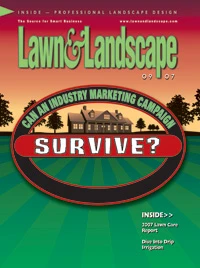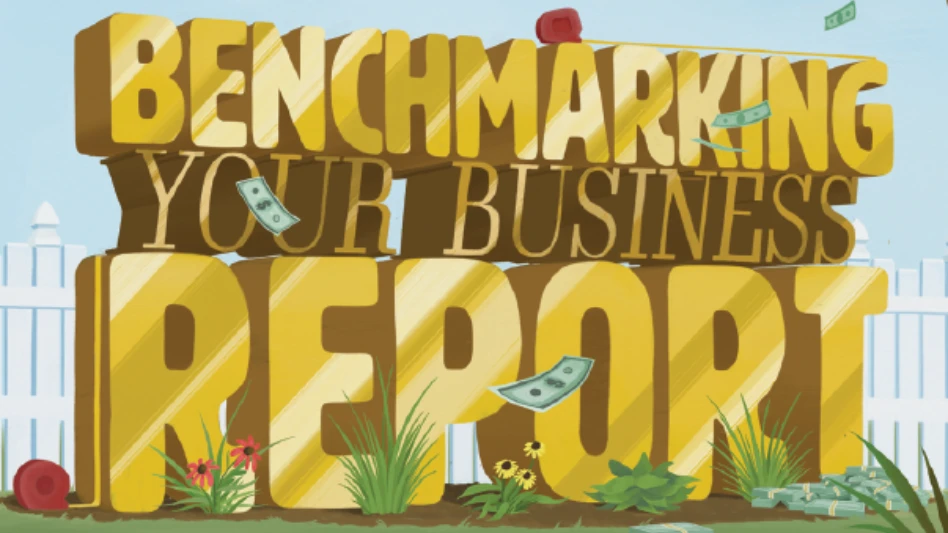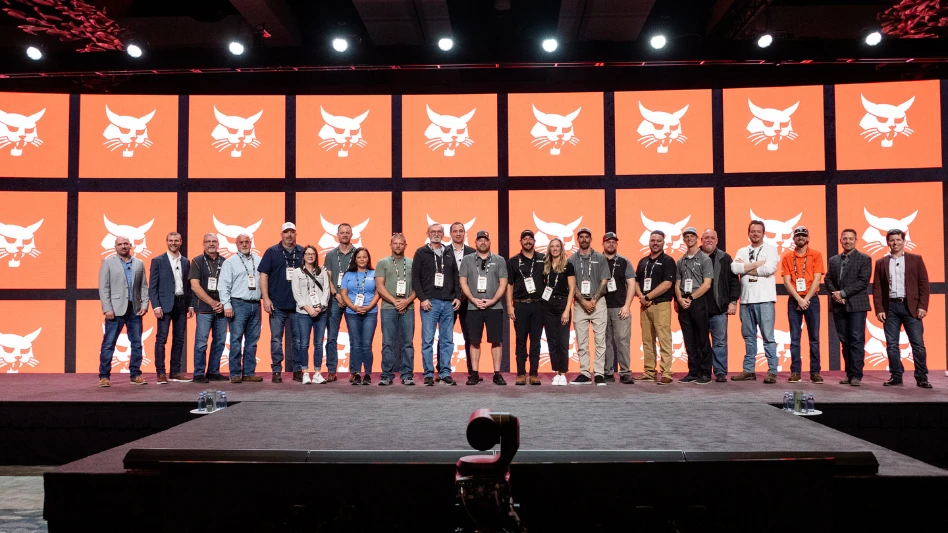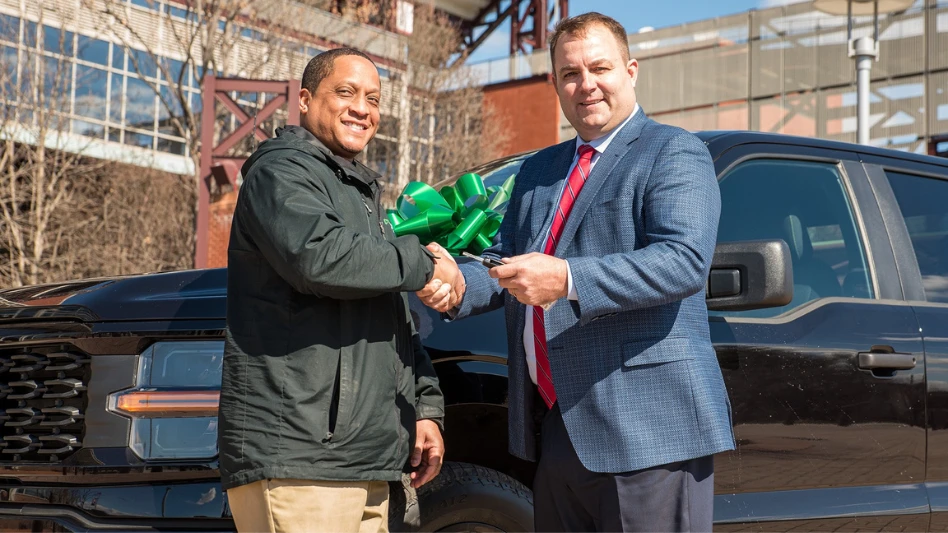Joel Wollum realized his mistake just in time.
To compete against a new low-ball lawn care franchise that had come to town and was gobbling up clients, Wollum reduced his lawn care service prices by 5 percent. It proved to be a misguided decision.
“I brought my prices down but soon realized it really wasn’t working for me like I thought it would,” says the owner and CEO of Emerald Lawn Care in St. Joseph, Minn. “So I raised my prices 10 percent and that was the key. I attracted a better quality of customer who had a better quality of lawn than those clients I was attracting when I lowered my price to compete with the low-ball guy. Suddenly, I’m tending lawns where the weeds aren’t so bad, there are less client complaints and virtually no call backs.”
Wollum, like many other lawn care operators (LCOs) throughout the United States agree that the lawn care market is primed for continued and sustained growth. Nearly 68 percent of lawn care operators indicated their total chemical lawn care business increased in 2006, an 8 percent increase from the previous year, according to research conducted by Lawn & Landscape via InsightExpress.
As Lawn & Landscape has historically seen from its research, fertilization plus herbicide treatments continues to be contractors’ fastest growing lawn care service. LCOs cited this service offering grew, on average, nearly 40 percent in 2006 and project it will grow about 34 percent this year. The trend is consistent geographically, as well, with nearly 50 percent of Midwest LCOs reporting fertilization plus herbicide treatments as their top lawn care service.
The average hourly rate for chemical lawn care in 2006 was a little more than $9 per 1,000 square feet, according to the research data.
Plant growth regulator applications continue to see slow growth trends, with only 3 percent of LCOs reporting this as a rapidly improving revenue stream, according to the data. However, the service made slight strides over the 1 percent of LCOs who reported it as their fastest growing service the previous year.
Nearly everyone in the industry agrees that untapped lawn care opportunities exist and can be new profit centers for landscape contractors from add-on services. For example, tree and ornamental care is still an unrealized service opportunity for many LCOs.
Contractors can broaden their service portfolios and expand their revenue streams by leveraging the relationships they’ve built with clients through chemical lawn care, says Neil Cleveland, managing director, Bayer Environment Science, Research Triangle Park, N.C.
“This is a trend we’ve observed over the last seven to eight years,” Cleveland says. “Many LCOs see that their customers are satisfied with their lawn care services and when you develop that relationship you can come in and make a suggestion for a trunk injection program or even a full-service tree and ornamental program.”
Tree care has become one of the most important growth components in lawn care, says Tom Kroll, product manager with Nufarm Americas, Burr Ridge, Ill.
“Much of the technology for delivering product to the tree has made it easier,” Kroll says, “and as a consequence, has provided the lawn care specialist with an opportunity to expand his or her service offerings.”
Roger Meyer, president of American Beauty Landscaping in Boardman, Ohio, recently added tree and ornamental care and reports no problems selling it as an add-on service to his existing customer base.
“Tree care is growing well and we’re continuing to grow that aspect of our lawn care service,” he says. “So far, we’re seeing about 20 to 25 percent growth in this service segment every year.”
In addition to tree and ornamental care, aeration and seeding, mole control and fire ant mitigation in Southern states were cited by LCOs as other services with solid growth potential, according to the research.
Without a doubt, LCOs will continue to face a more demanding consumer in the future. Nationwide, clients are becoming more wary of pesticides, according to the research. While half of LCOs says they’ve witnessed no change in attitude towards chemical lawn care services, 41 percent of contractors indicated their clients are concerned about potential environmental risks associated with pesticide use, and increase from 35 percent from the previous year, the data says.
Coinciding with increased regulatory pressure, LCOs operating in the Western states and in the Northeast expressed the highest frequency of client concern, with 58 percent and 50 percent, respectively, according to the research. In contrast, 60 percent of Midwestern LCOs witnessed no change, the data says.
“While the consumer demands performance No.1, the homeowner is much more conscience about being environmentally responsible,” Kroll says. “While the use of chemicals may be equally responsible, the consumer doesn’t have time to be educated to the testing that supports chemicals. As a consequence, they revert to the most recognizable approach.”
In some cases, the recognizable alternative is an organic-based lawn care program. Some LCOs have begun to cater to this consumer need with organic-based programs.
According to the research, 37 percent of LCOs indicate they use organic pesticides, of which 60 percent indicate they use organic-based products alongside synthetic pesticides.
However, 57 percent of LCOs indicated they were unsure whether organic products provided the same level of performance as synthetic pesticides, according to the data.
While offering an organic lawn care service could be a potential growth opportunity with high margins, Mark Urbanowski, senior marketing specialist for U.S. turf and ornamental business at Dow AgroSciences in Indianapolis, cautions LCOs about the cyclical and trendy nature of this market segment and the fickle attitudes of many consumer clients.
“The last cycle for organic lawn care was about five to six years ago,” Urbanowski says. “Folks said then that they wanted the organic service but they weren’t willing to pay the premium for it.
“The question is, ‘Will consumers be willing to pay more for marginal results?’” he adds. “When it comes down to it, what people really want are green lawns and no weeds.”

Explore the September 2007 Issue
Check out more from this issue and find your next story to read.
Latest from Lawn & Landscape
- The New World Is Green: Grow With Marketing Analytics & AI
- Exmark launches autonomous commercial mower
- North by Northwest's charitable act for the Ronald McDonald House Charities
- Coxreels expands V-100 Series product line
- Landscape Workshop expands with 2 acquisitions
- Wilson360 adds Daniel Grange as new consultant
- Batman and business
- CH Products releases new tree stabilizer





